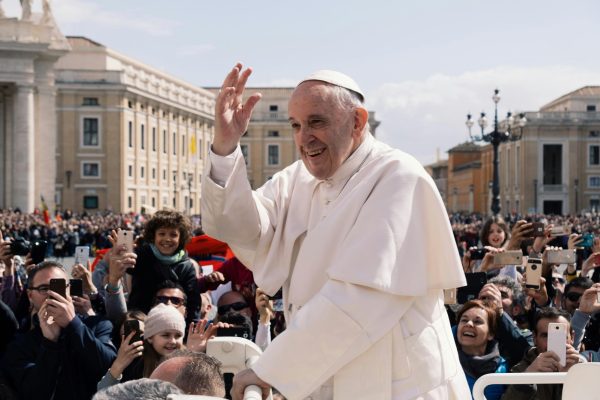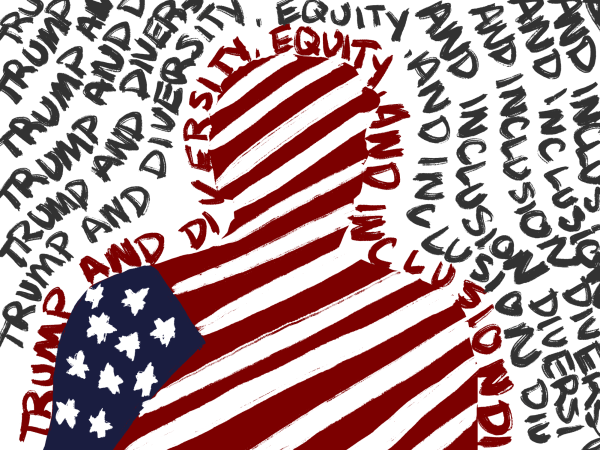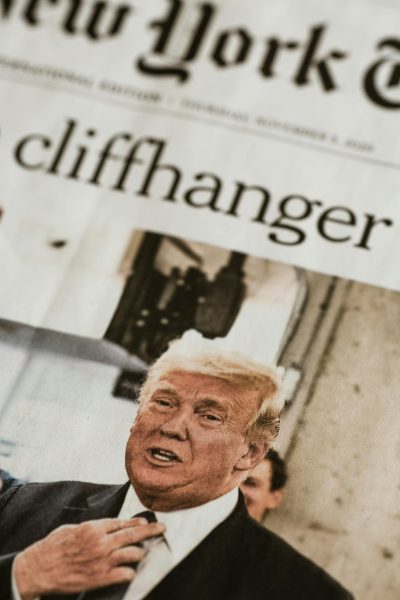Financial impact on third-party candidates
For third-party presidential candidates Gary Johnson and Jill Stein, money is one of the greatest obstacles keeping them from the White House.
Political campaigns are costly endeavors with candidates having to spend money on advisors, advertisements, office space in every state they in which plan to run, staff and more. While it doesn’t cost money to get on ballots, debate stages have requirements of popularity that are directly affected by how much a candidate is able to spend.
A third-party candidate, like the Green Party’s Stein or the Libertarian Party’s Johnson, is required to petition to appear on the ballot. To do this, they must have a number of citizen signatures that varies by state in order to even get on the presidential ballot. In some states, a third party candidate could opt to pay a filing fee instead, according to Ballotpedia.
Johnson is on the ballot in 47 states including Washington, D.C. and is in the process of getting on the ballot in the remaining three, according to the Libertarian Party. Stein is on the ballot in 41 states, awaiting the results of filing in three states, actively petitioning in one state, under litigation in two states and available as a write-in candidate in three states including North Carolina, according to her campaign website.
In order to appear in the three post-primary presidential debates, candidates must have at least 15 percent of the voting public in national polls. As of Sept. 2, Johnson is at 7.8 percent and Stein is at 3.1 percent. Comparatively, Democratic candidate Hillary Clinton is at 41.4 percent and Republican candidate Donald Trump is at 38.2 percent according to Real Clear Politics.
Money factors into these polling percentages and ballot access battles through the direct relationship of campaign money and popularity. In the presidential race, candidates with more money have wider ad campaigns and more media coverage, more name recognition and therefore more popularity.
The Clinton campaign has raised more than $430 million, the Trump campaign has raised more than $130 million, the Johnson campaign has raised almost $3 million, and the Stein campaign has raised almost $2 million according to the Center for Responsive Politics.
Some of the popularity differences between the major party candidates and the third-party candidates can be explained by simple party loyalty; Often people will vote for the party they’ve always voted for. But the more than four-point difference between Johnson and Stein reflects the near million-dollar difference in their campaign funds.
Candidates don’t have to raise all their money for themselves; They also rely on their parties for fundraising, advertising and contacting voters. This means that candidates from the two major parties automatically have more resources available to them than their counterparts from less affluent parties.
The majority of Stein’s campaign money has come from individual contributions, and she has self-financed $40,000. She has also received almost $200,000 in federal funds. She has taken no money from PAC contributions according to the Center for Responsive Politics.
Johnson has also received most of his money from individual contributions, but he has taken $5,000 from PAC contributions. He has received no federal funds and has not self-financed his campaign at all.
Trump and Clinton have also received most of their money from individual contributions and have not accepted federal funds, however, Trump has self-financed more than $50 million while Clinton self-financed a little over $1 million.










